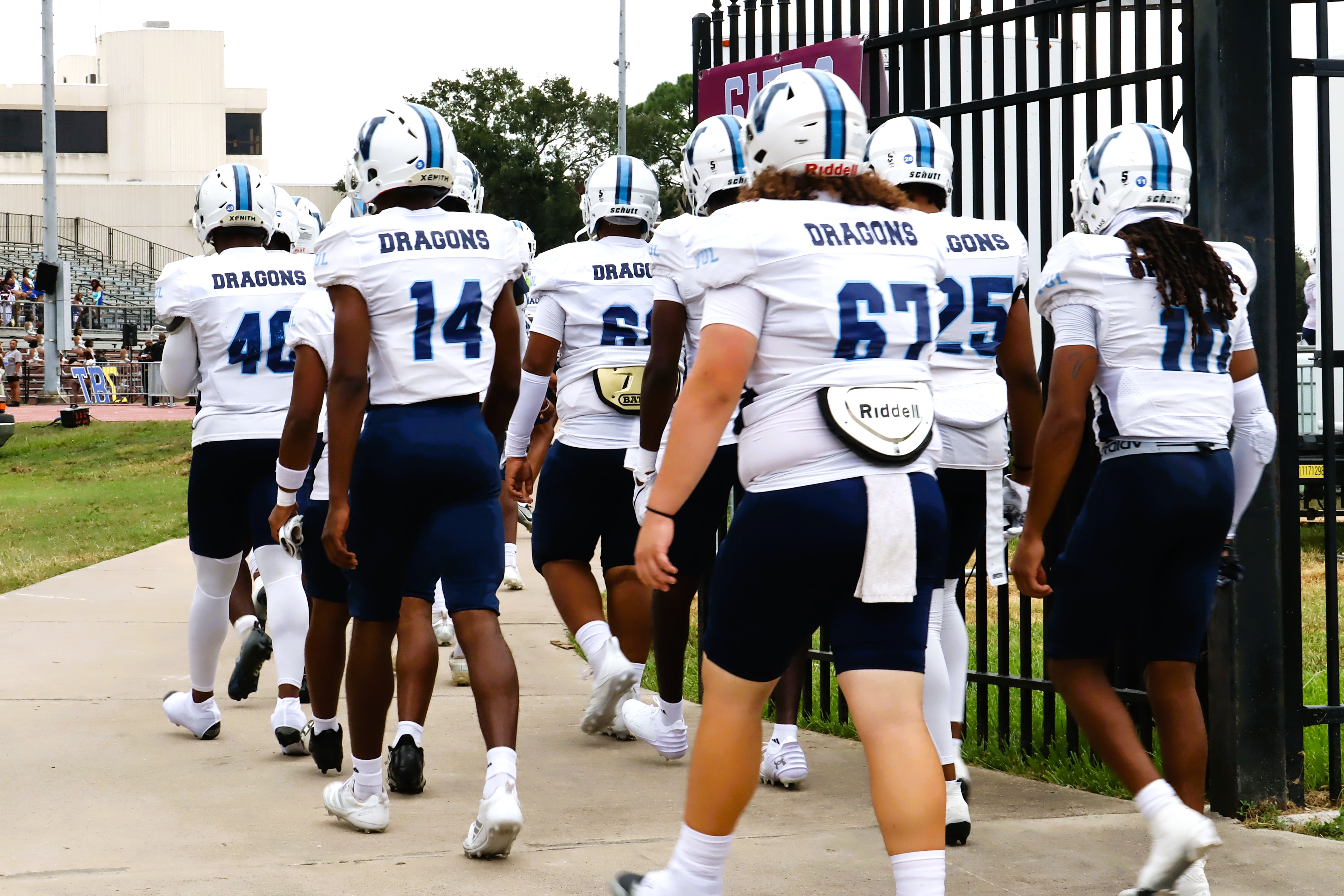History
The National Christian College Athletic Association (NCCAA) was established in 1968 for “the promotion of outreach and ministry and for the maintenance, enhancement and promotion of intercollegiate athletic competition with a Christian perspective.” The association sponsored its first event, a basketball tournament in Detroit, in its inaugural year. While at the tournament, the NCCAA’s first leaders adopted the association’s constitution. Norm Wilhelmi, the founding Chairman and President, E.C. Haskell, the first Executive Director, and 15 coaches presided at the inaugural meeting. After receiving a list of 13 institutions interested in membership, Haskell registered the association as a non-profit organization and established its first charter.
In 1973, the association began sponsoring cross country, track and field, and men’s soccer. Membership was split with the creation of Divisions I and II in 1975 for traditional liberal arts institutions and Bible colleges, respectively. Alongside women’s basketball, volleyball, softball, golf, women’s soccer, tennis, baseball, and indoor track and field, football was later sponsored by the association. The Board of Directors voted to move the National Office to Marion, Indiana in 1989 and Greenville, South Carolina in May 2000. Today, about 90 institutions participate in NCCAA national championship events.
Membership
The NCCAA is unique in that it classifies affiliated schools as “participating institutions” rather than “members” in the traditional sense:
“The corporation shall have participating institutions as provided in Article VI but shall not have legally designated members.” [1]
This distinction is more of a formality as participating institutions possess many of the same rights, including voting on legislative proposals, and are treated as traditional non-profit members are; thus, participating institutions can be informally referenced as “members”:
“All rights that would otherwise vest in members shall vest in the participating institutions to the extent these Bylaws expressly confer such rights on them, but otherwise shall vest in the Board of Directors. Any action that would otherwise require approval by members shall require the approval of the participating institutions to the extent these Bylaws expressly require the provided-for action by them, but otherwise shall require the approval of the Board of Directors.” [1]
Four-year, Christian-affiliated institutions are eligible to become members of the association:
“Institutions, as used herein, shall include the undergraduate schools of universities and Bible colleges or institutions that meet the requirements of this section. Academic year, as used herein, shall mean July through June of each year... To be eligible, an institution must offer an accredited four-year program with academic standards acceptable to the Board of Directors. Only accredited Christian institutions with four-year programs are eligible for regional or national championships.” [1]
The sole exception to this rule is that members of the NCAA’s Division I are not eligible to join the association:
“NCAA Division I members (full, exploratory or provisional) are not eligible for membership in the NCCAA due to the absence of any reciprocal agreements with NCAA Division I Management Councils.” [1]
NCCAA members are not prohibited from joining other governing bodies/organizations. Most members primarily compete in the NCAA (Division II/III) or NAIA. NCCAA membership provides programs an opportunity to compete in the postseason should they miss their primary governing body’s.

